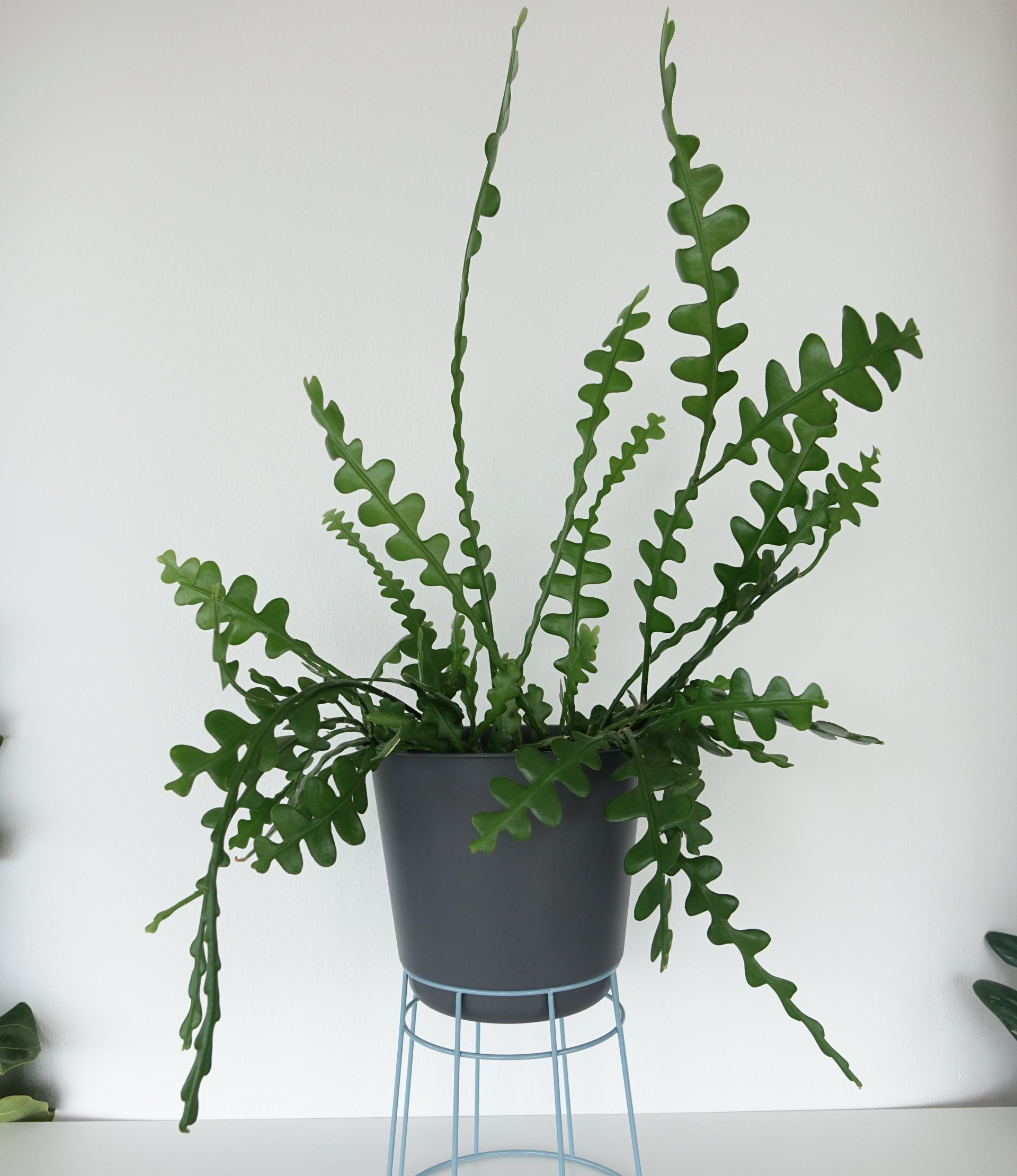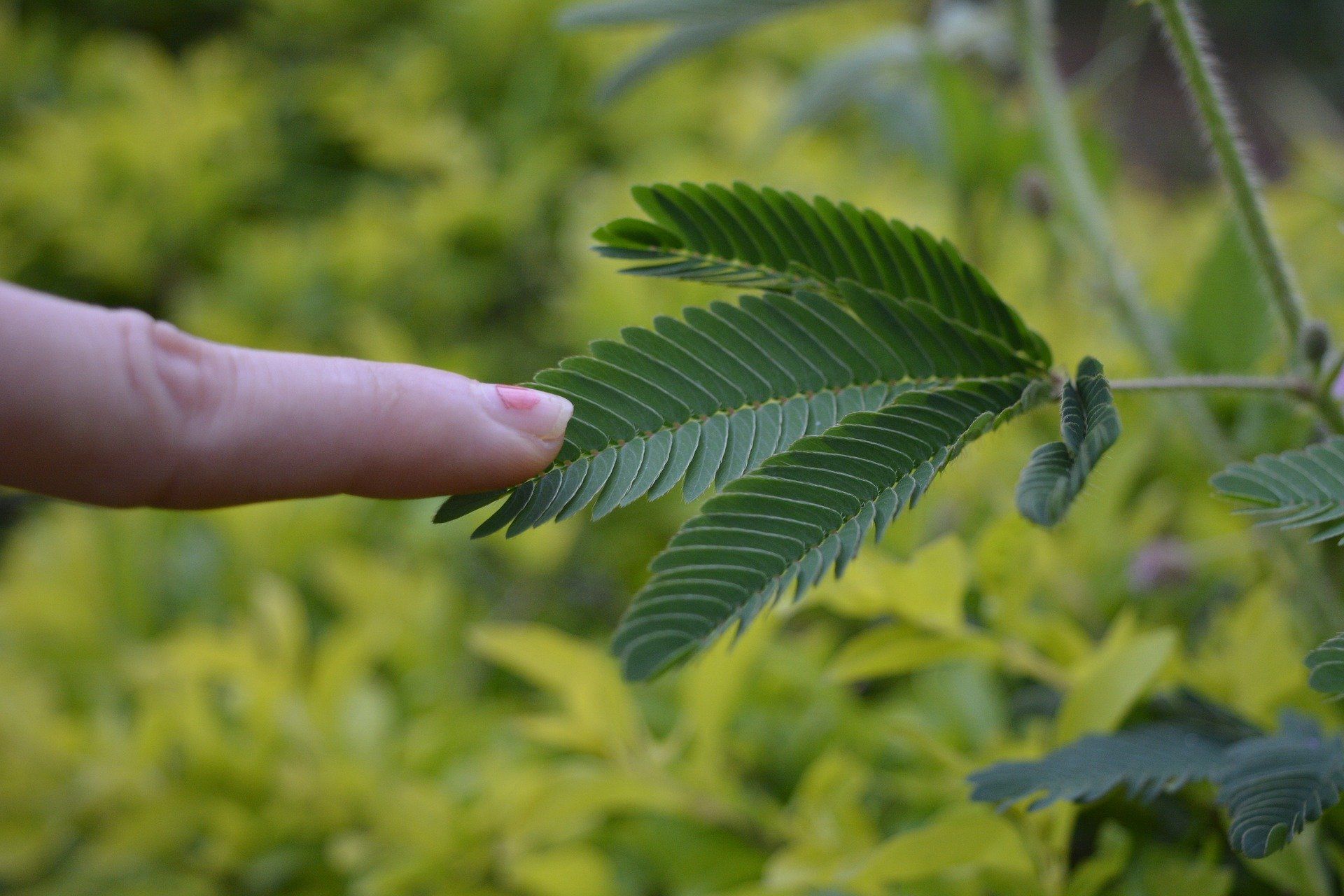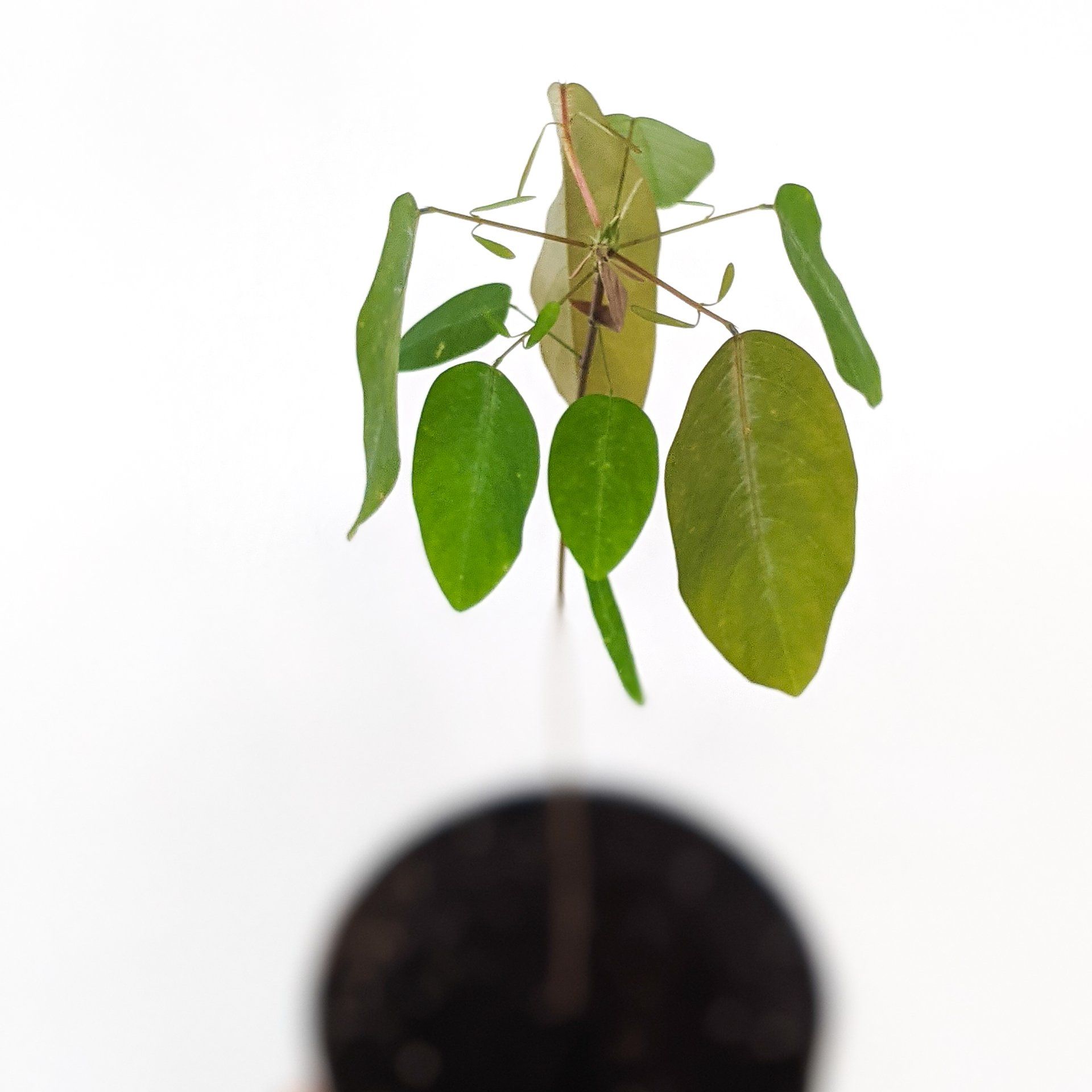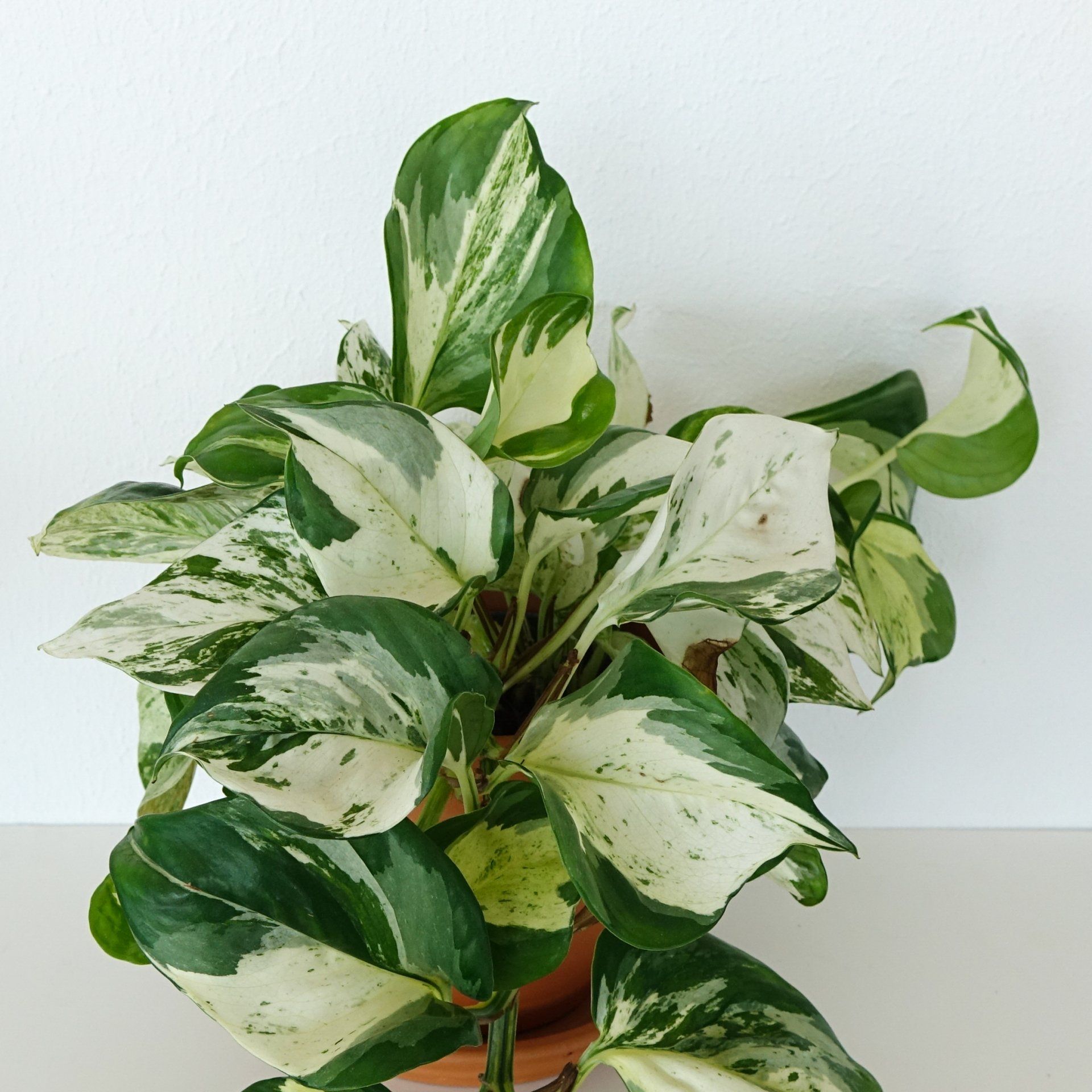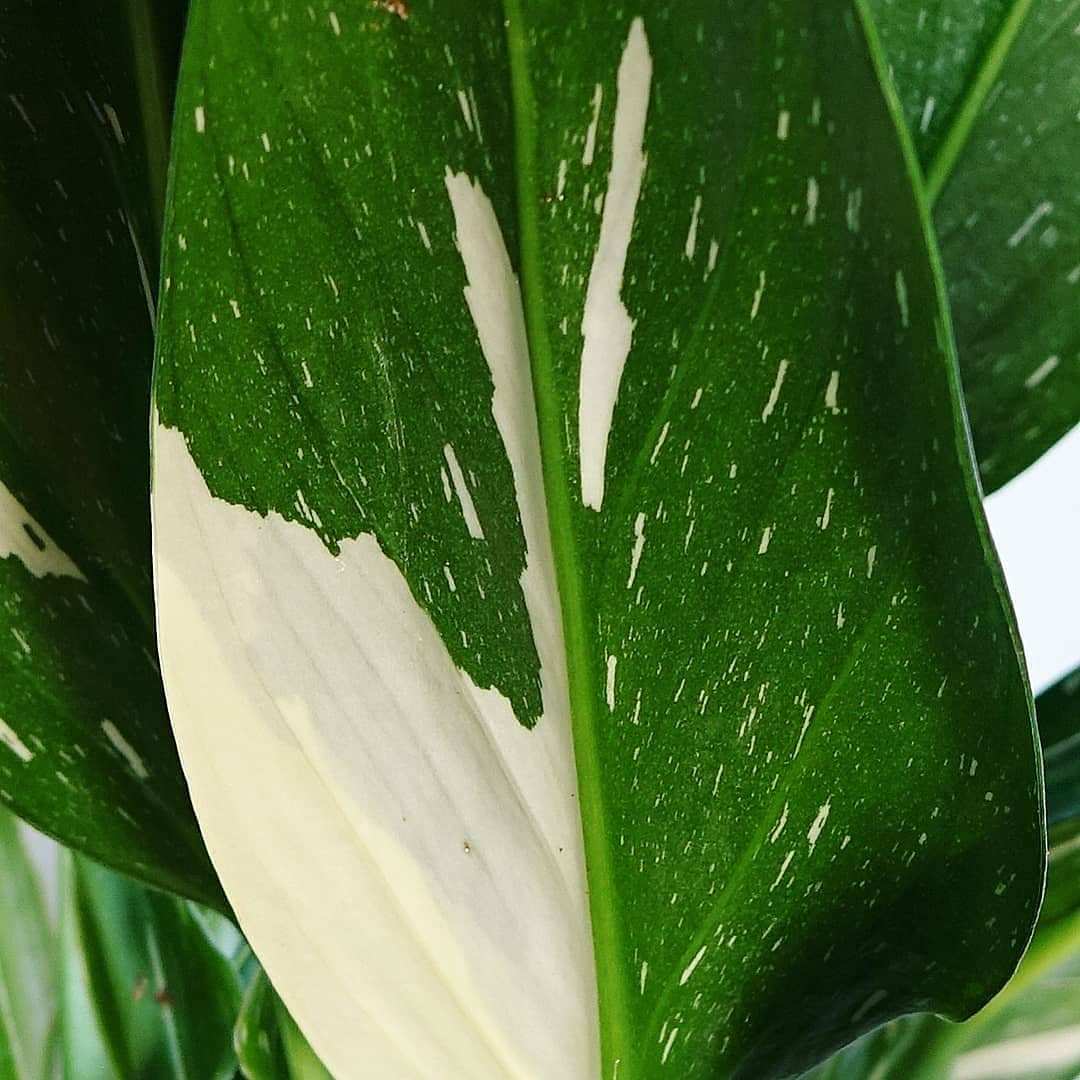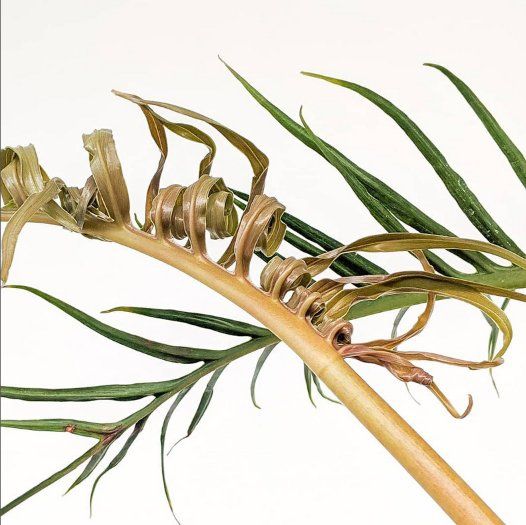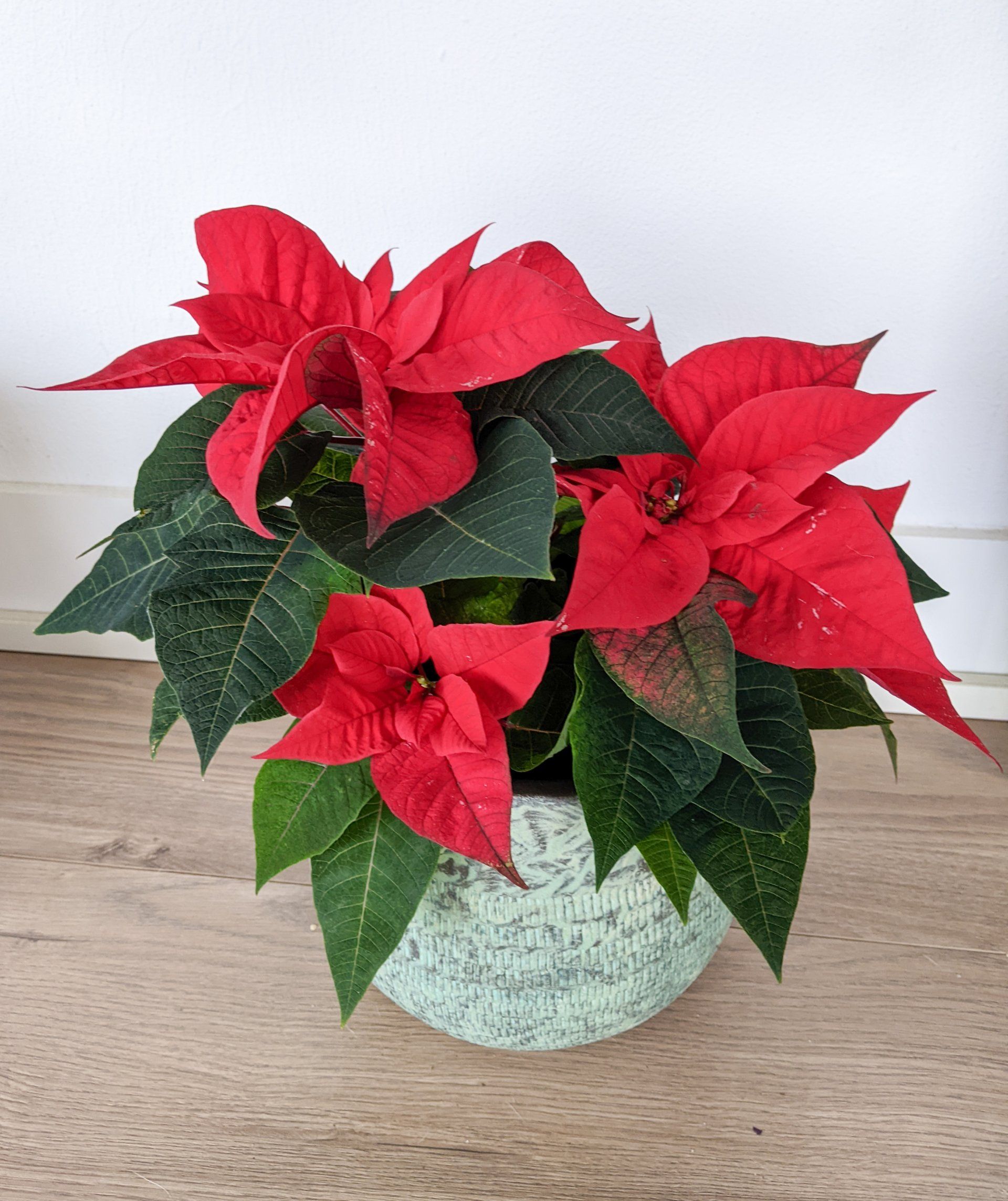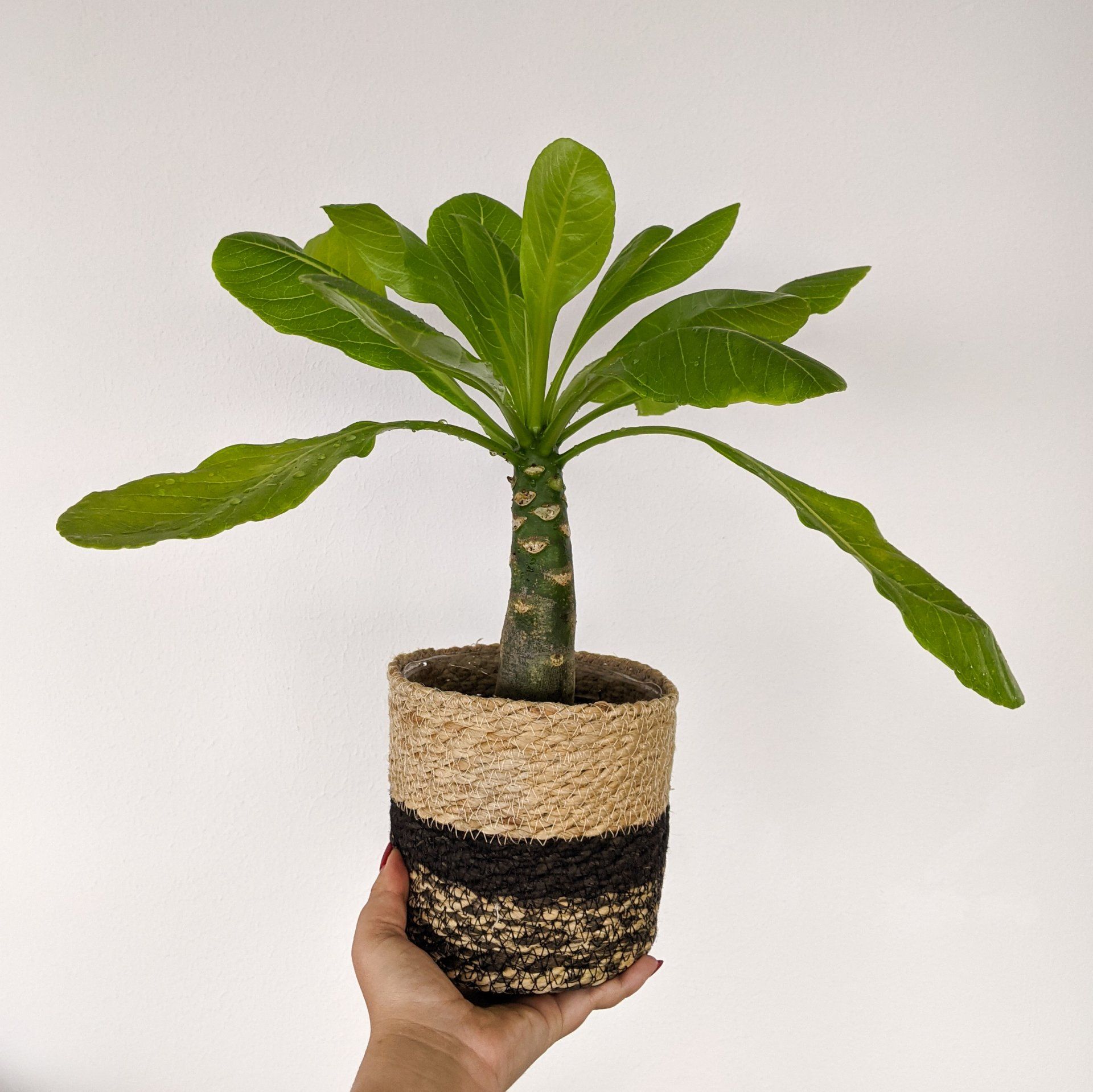555-555-5555
mijnmail@mailservice.com
Variegated plants
Weirdos: plants "with a flaw"
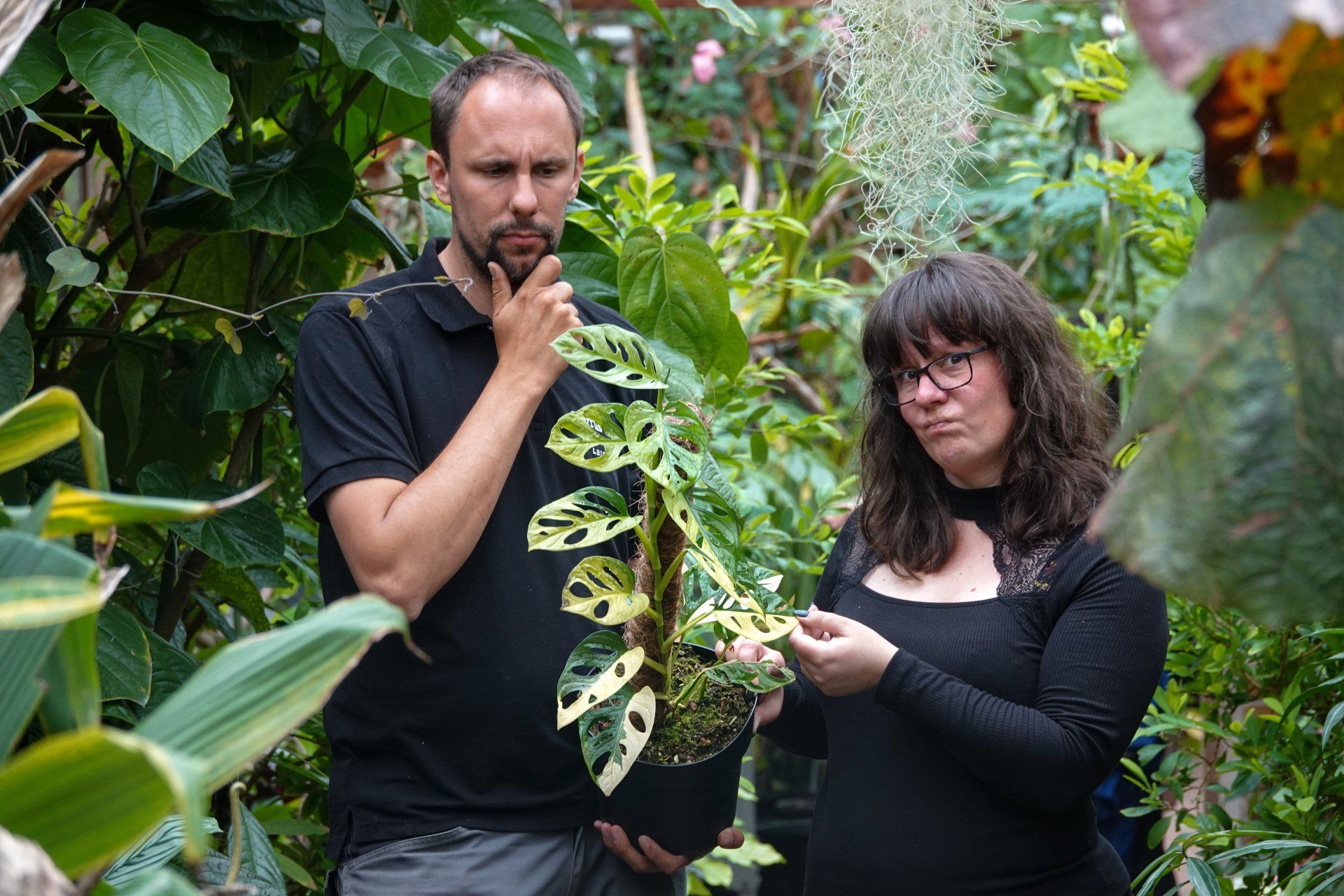
Left: Rogier van Vugt - Right: me. Photo: Petra Sonius
An article by Rogier van Vugt and myself, about variegated plants, appeared in the September 2021 issue of Gardener's World magazine. Download it
here (Dutch!) or read it below.
M: Variegated plants! Plants 'with a flaw' have been a rage among indoor plant enthusiasts for a few years now. Just search #houseplantsofinstagram and you'll stumble upon it. A variegated plant is a plant that is normally completely green, but has white or yellow spots in the leaf due to a genetic error. Sometimes a lot, sometimes just a few dots. The variegated swiss cheese plant (Monstera deliciosa variegata) is particularly prominent in photos of many 'urban jungle'. Plant lovers applaud a new leaf that contains more white than the previous one. With such a variegated plant you score likes on social media. Is that a recent thing?
R: More than two hundred years ago, variegated plants were already popular in East Asia. Even then, certain cultivars were so exclusive that they were associated with a certain social status. A good example are the Fuukiran. These are selected forms of the Furan (Wind orchid or Vanda falcata). Normally this species has narrow green leaves and white flowers with a long spur. Sometimes, however, deviations arise, such as a different flower shape or variegated leaves. These deviations were only allowed to be cultivated by a certain elite and thus got the name Fuukiran, which means noble orchid. Nowadays everyone can have these plants, but even today specimens sometimes cost more than a car.
And of course we can't forget our own tulip mania during the golden age. Here too, people went bizarrely far in obtaining plants that were mainly purchased to show how wealthy you were.
Epipremnum manjula
M: It seems that we have entered such a mania again: a quick glance at marktplaats shows me that I can get my hands on a cutting of variegated Monstera adansonii (photo Rogier & myself) for 295 euros. For the yellow-green variety (Monstera adansonii variegata aurea) they ask almost 800 euros! Wow... Are we getting too carried away? Variegated plants just for “the perfect picture”?
R: If people start to see plants as a status symbol, it can have very negative consequences. You should always buy a plant, because you like it YOURSELF. Not because you expect it to make others look up to you. Because such a status is short-lived and ultimately untenable. In the long run, it is much more interesting to invest in your own knowledge and experience, and it certainly doesn't have to be expensive. However, this hype also has a positive side. Collecting plants has suddenly become a very accepted hobby that many people can relate to. I think our circle of contacts has grown enormously because of it.
Monstera standleyana
M: You are right, and that's great fun! There is a major drawback to these colorful eye-catchers though: it is more difficult to keep them healthy in your living room. Happy with a completely white sheet? Not for long. White in leaves contains little to no chlorophyll. Chlorophyll is what the plant needs for photosynthesis. The white pieces in a plant are therefore useless. The whiter a leaf, the sooner the plant will shed it. Just look at the photo of my Philodendron 'Birkin': the white leaves die almost immediately.
In addition, because the plant has less chlorophyll, it needs more light. But because it has a lot of white, the leaf burns quickly… You can imagine how enthusiasts desperately try to find the right place in their living room.
Philodendron birkin - completely white leaf
R: By the way, not all plants with marked leaves are really variegated. Many plants naturally have a pattern as a form of camouflage. These patterns are often more consistent and more or less the same on every leaf. Examples of these types of plants are Maranta leuconeura and Jewel Orchids such as Ludisia and Macodes. However, these plants can become variegated and then you get the variegated stripes right through the natural pattern.
More plant talk? Follow us on instagram:
@rogiervanvugt and
@nimmaplants
